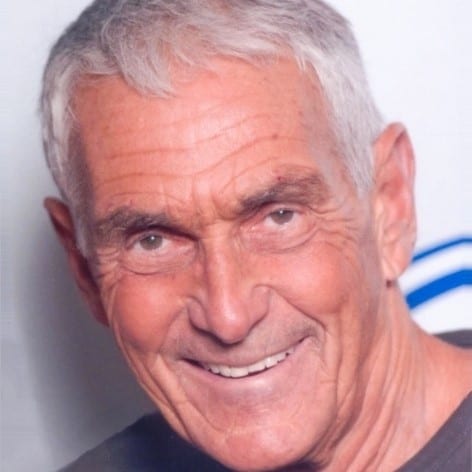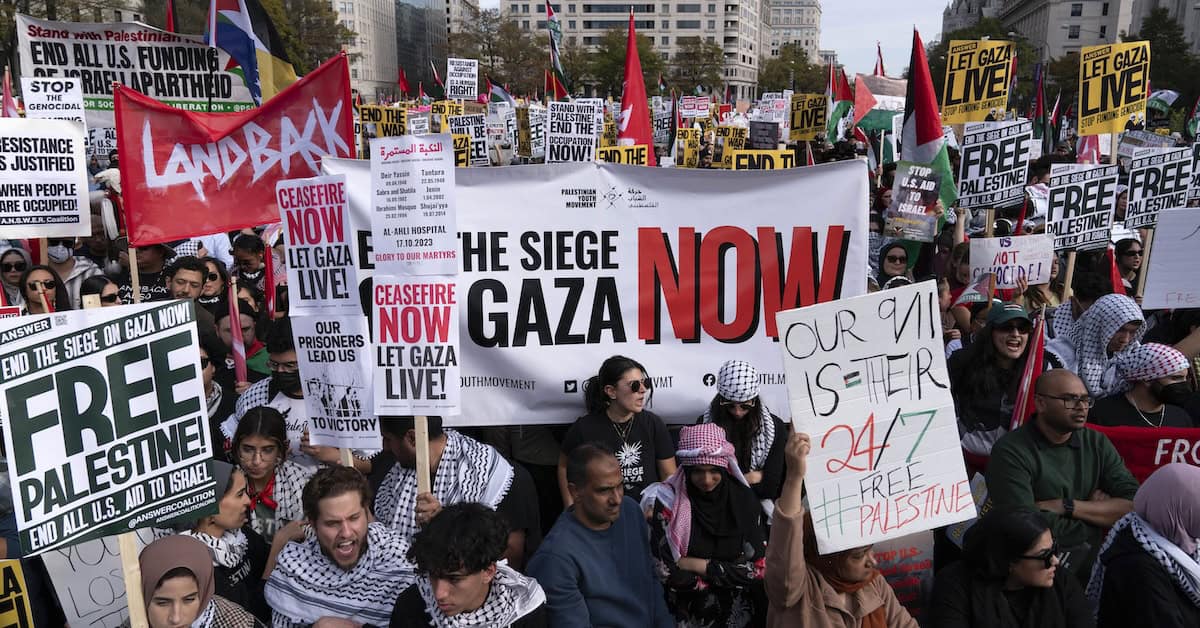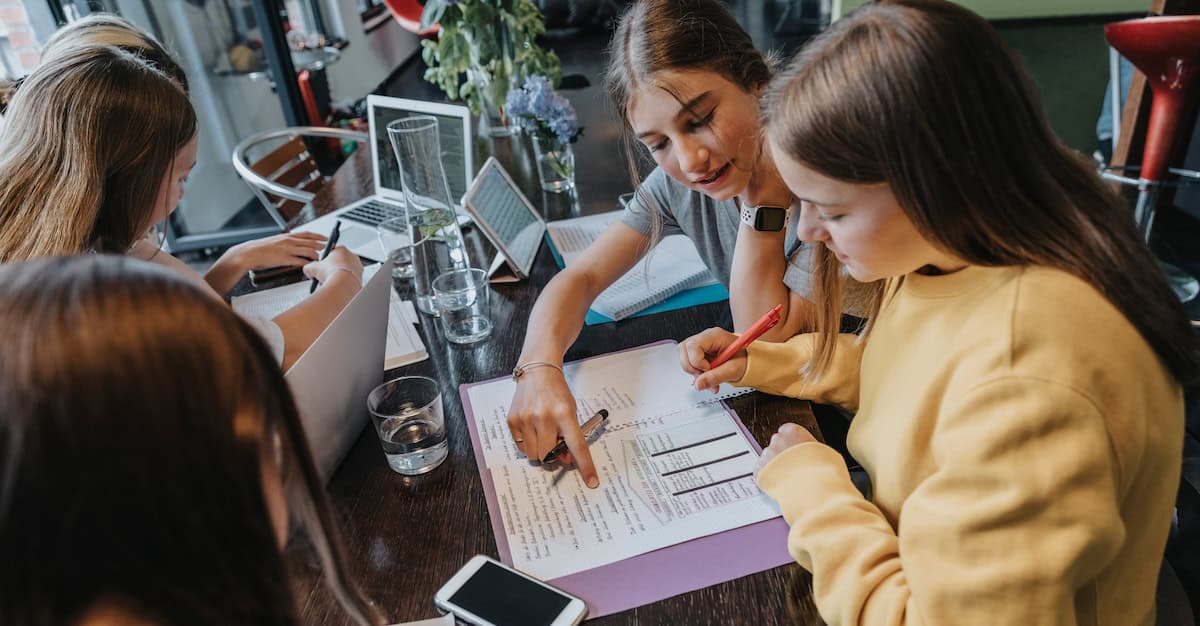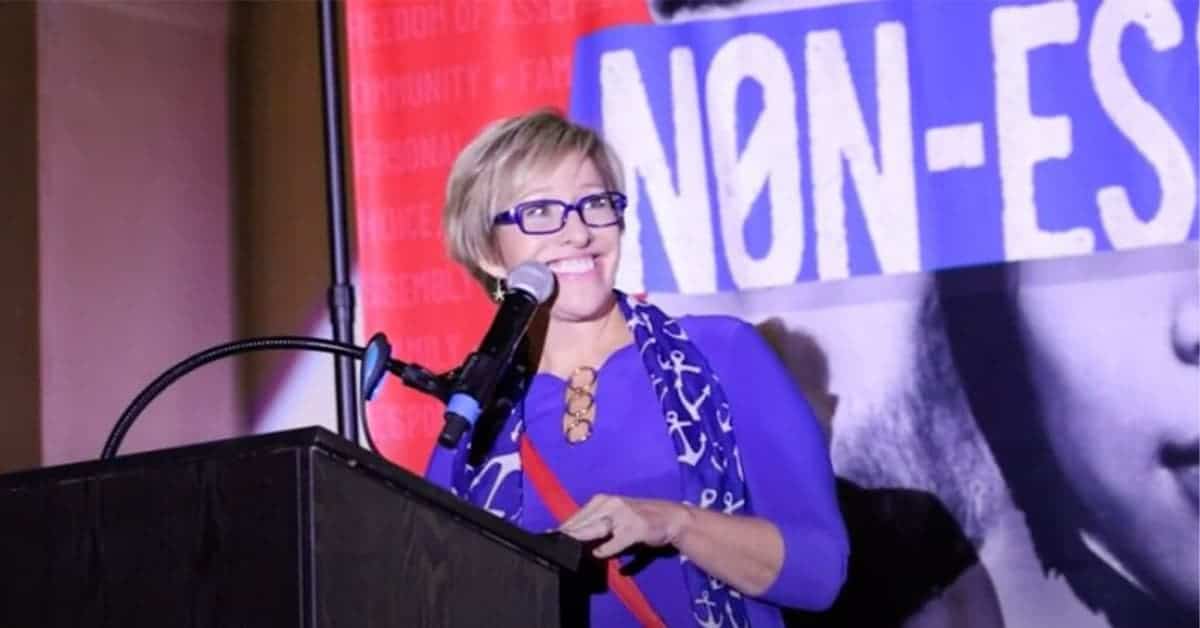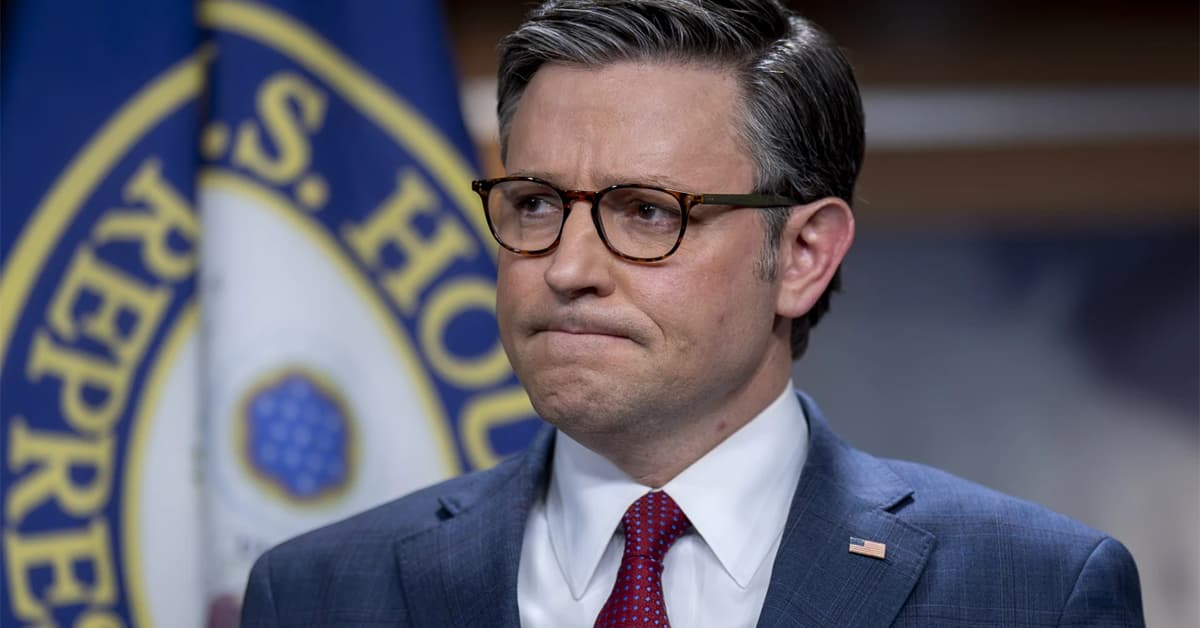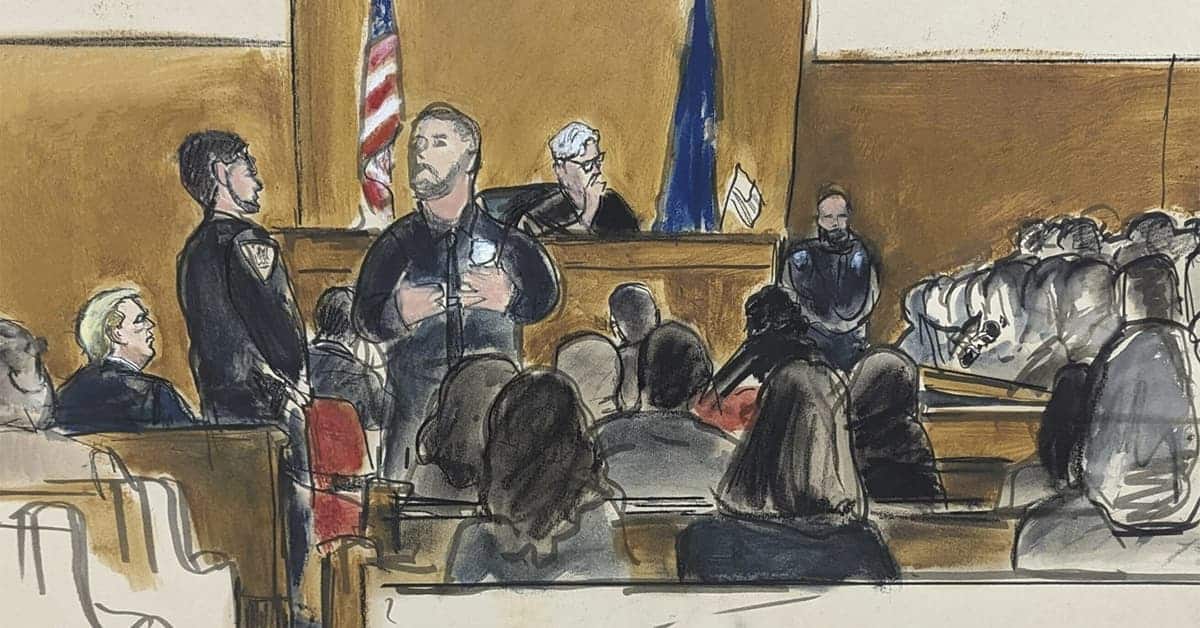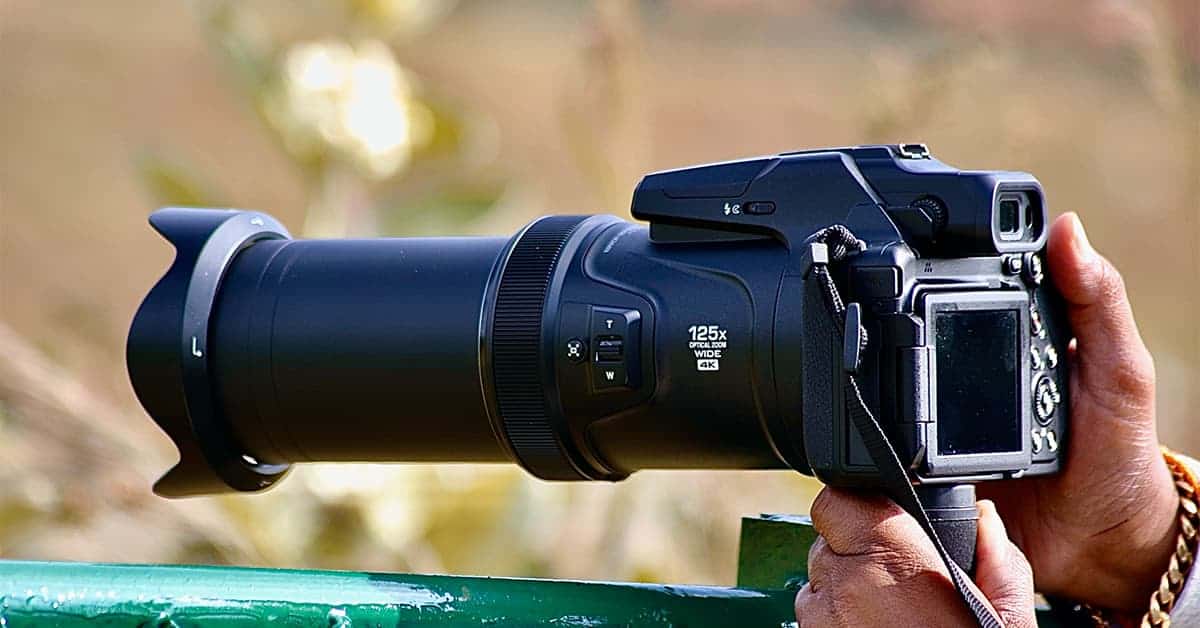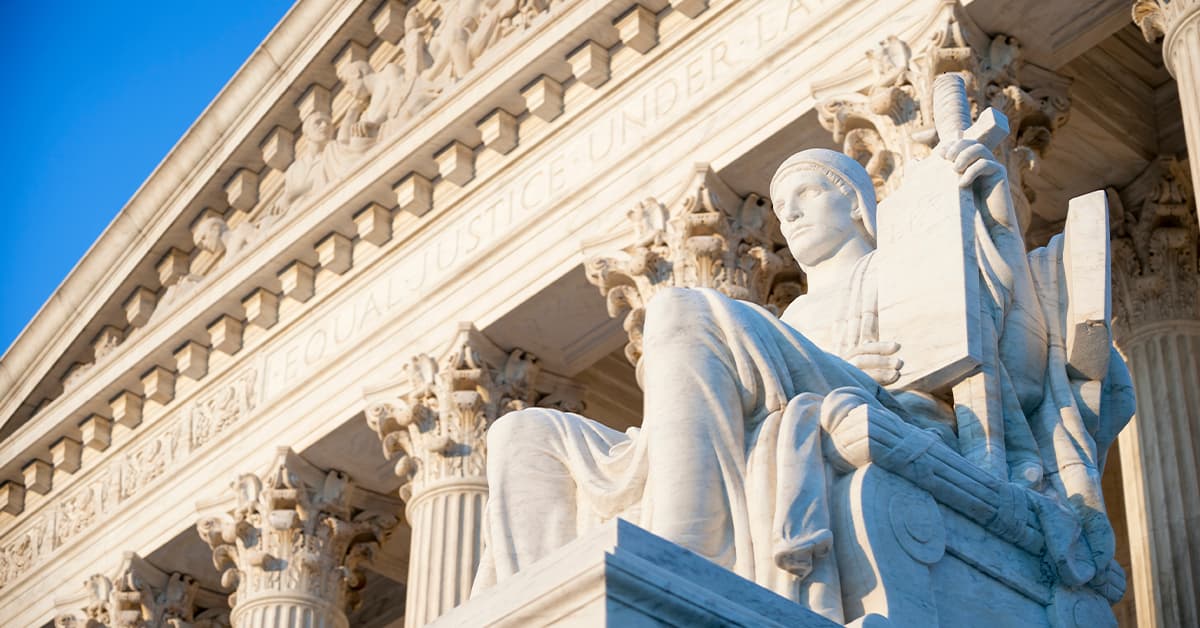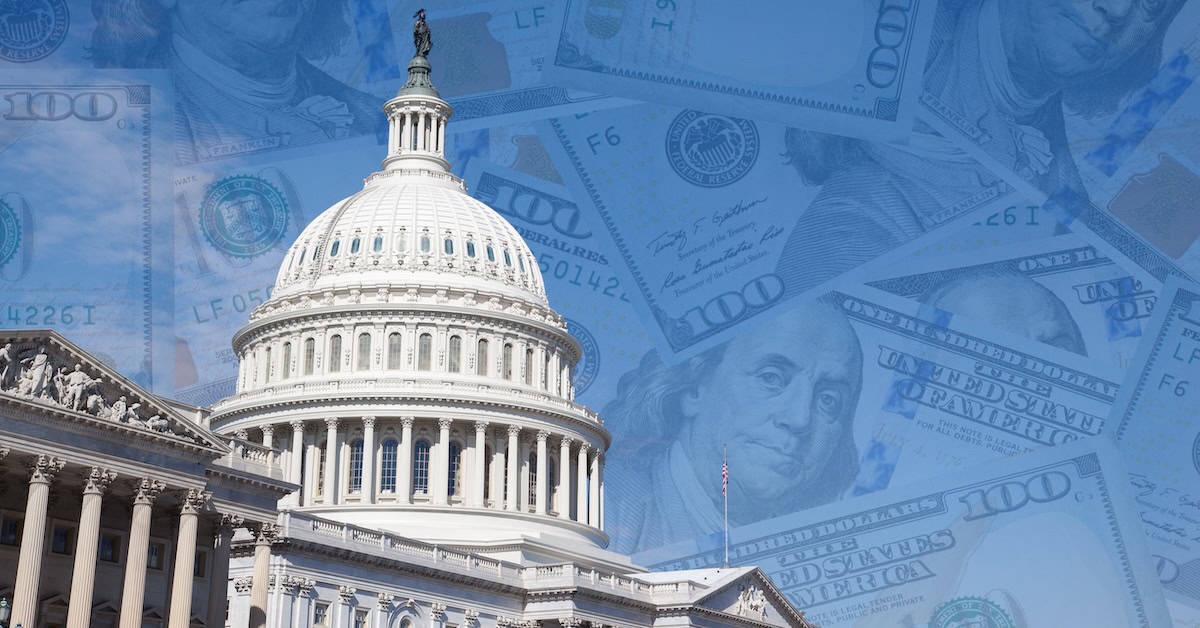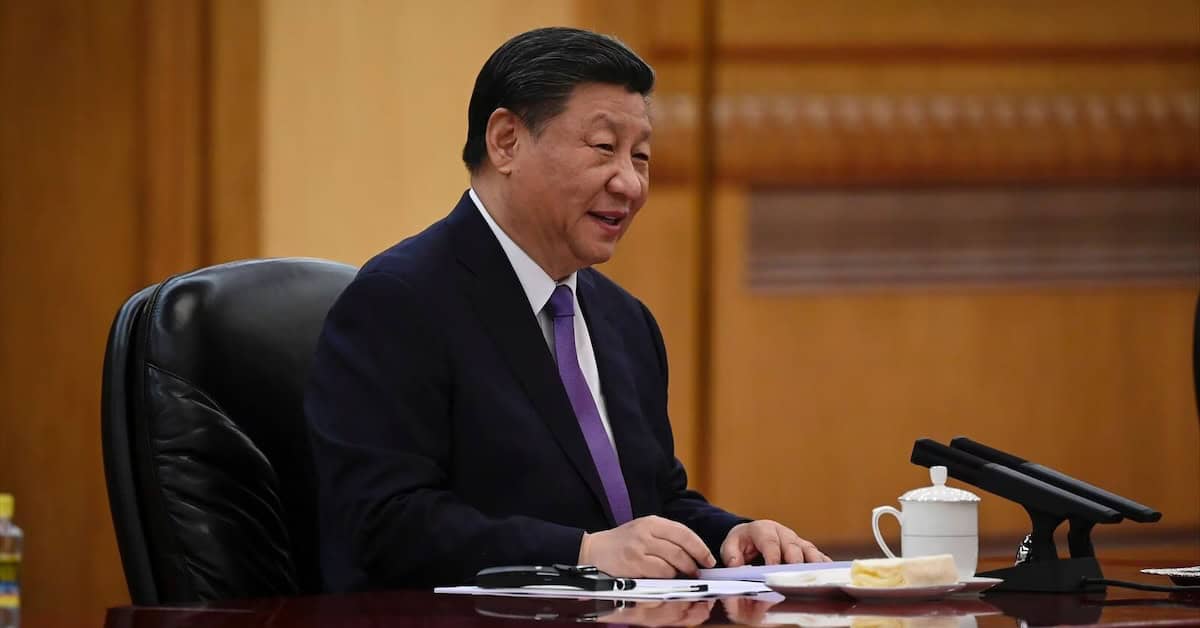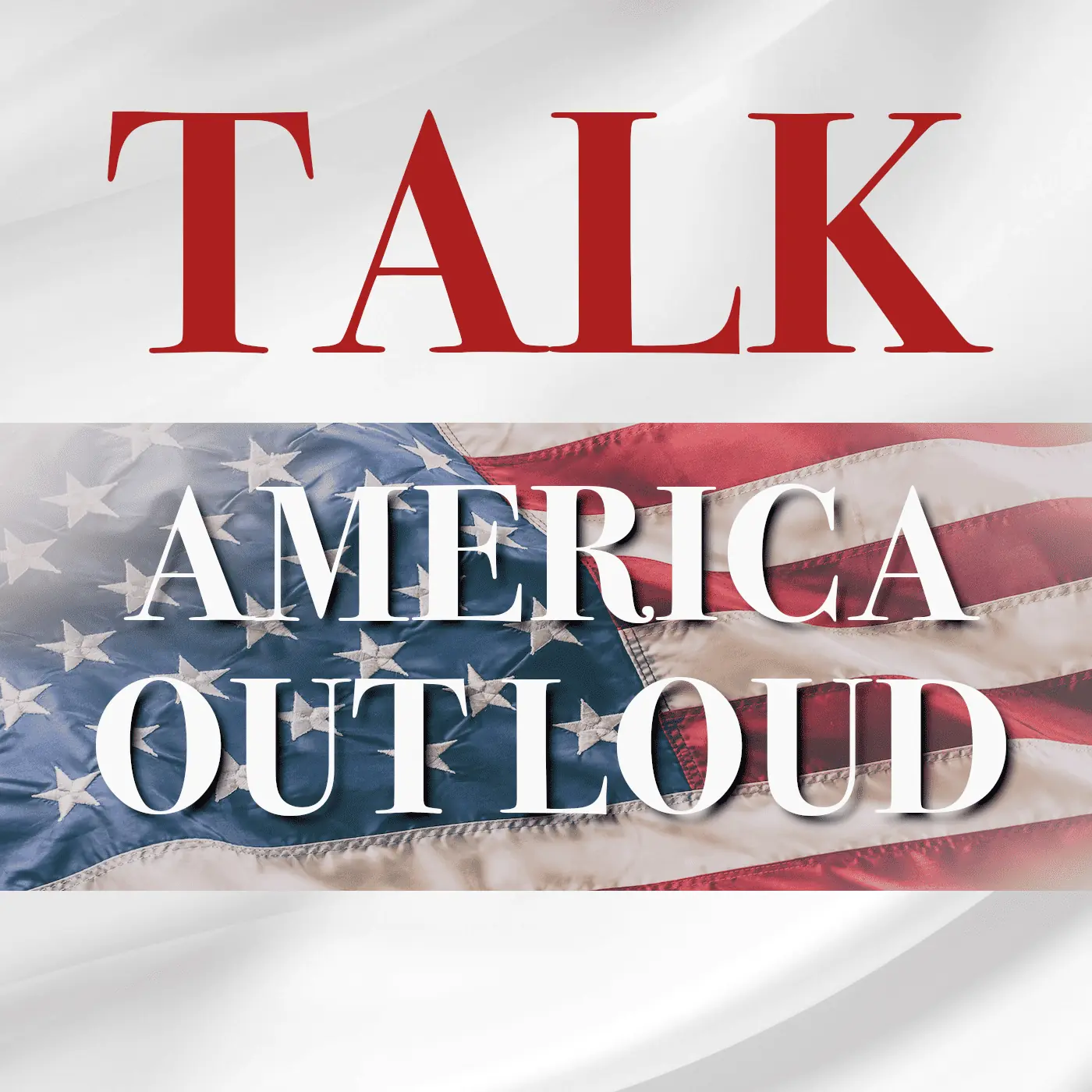College sports will never be the same now that athletes can get paid for the use of their Name, Image, and Likeness (NIL). A new NCAA rule went into effect on July 1, 2021. Student-athletes can profit off their Name, Image, and Likeness for the first time in the history of college athletics.
At the core of the NCAA has always been amateurism. But NIL has changed all of that, allowing student-athletes to receive financial compensation.
NCAA rules still prevent schools from paying players directly. College coaches cannot offer high school prospects money as a recruiting enticement to pick their school. Plus, current student-athletes cannot receive compensation for their athletic achievements.
Yet, NIL is a way around for athletes to receive financial compensation for their accomplishments on the field and the brand they built while in college. Players can profit from endorsements, signing autographs, selling apparel, corporate partnerships, charitable appearances, teaching camps, and starting their own businesses, among other things. They can also hire professional service providers for NIL activities.
The NCAA released guidance in early May, stating – groups of boosters and businesses – are not to be involved in the recruiting process or in the transfer portal. However, there are a number of states that have passed legislation that removes the prohibition of schools from directly or indirectly arranging for a third party to provide compensation to a student-athlete through NIL.
The origin of NIL traces back to the late 2000s when a UCLA basketball player Ed O’Bannon and 19 others sued the NCAA, arguing that by not allowing athletes to make a share of the revenues generated from the use of them in broadcasts and video games violated anti-trust laws. A judge ordered the NCAA to pay $44.4 million in attorney fees along with another $1.5 million in costs to lawyers for the plaintiffs in O’Bannon’s class-action lawsuit.
California then pushed the NCAA to make a move in 2019 when state legislators passed Fair Pay to Play Act. Similar legislation started to pop up in other states.
The Supreme Court of the United States unanimously upheld a district court’s rule on the NCAA vs Alston delivering a major blow to amateurism in June 2020. The ruling stated the NCAA was violating anti-trust laws by placing limits on the education-related benefits schools can provide to athletes. The decision made it known NCAA restrictions — including on NIL activity — could face serious legal challenges in the future.
And in the summer of 2021, the NCAA’s Board of Directors adopted the opportunity for NIL activity.
Players across college athletics have tapped into the potential to pocket cash off of their Name, Image and Likeness since last summer. There have also been plenty of non-traditional deals made for college and high school athletes being reported by players, collectives, agents and media:
- A protein bar company in Utah, which is a large supporter of BYU athletics, agreed to pay the tuition of all 36 football walk-ons.
- Quinn Evers enrolled a year early at Ohio State to land a deal with GT Sports Marketing worth $1.4 million because the state of Texas does not allow high school players to benefit from NIL.
- LSU gymnast Oliva Dunne, who has over five million social media followers, got a 6-figure fee with an active wear company.
- An unnamed prospect in the class of 2023 has purportedly signed a deal that could be worth $8 million by his junior year.
An independent organization has evaluated student athletes with a score that allows them to use their NIL Valuation as a way to understand where they stand in the market. A player can also use this to approach local businesses and companies when trying to negotiate their worth in an NIL deal.
The revaluation is based on three criteria including:
- Social media following and engagement
- Athlete data, achievements, performance and media sentiment
- Endorsement deals, opportunities and collectives
The tipping point of NIL came in mid-May. Alabama head coach Nick Saban called out Texas A&M coach Jimbo Fisher for buying every player in the 2022 recruiting class using NIL deals. Fisher defended himself with a tirade aimed directly at the legendary college football coach. The Aggies coach later said only one of his recruits currently has an NIL deal.
Former Auburn football coach turned U.S. Senator Tommy Tuberville announced in early August that he’s leading the drive to regulate Name, Image and Likeness on a federal level.
The NIL tsunami does not stop in recruiting, though. The one-time transfer rule was ratified as a rule change in April 2021 and went into effect for the 2021-22 academic year. This allows all athletes who have not yet transferred the ability to do so one time in their college career. Now, college programs not only fear players leaving early for the NFL, but there is also a serious concern over star players walking after just one season because their playing time expectations are not met. Now they can just leave for a guaranteed lump of cash and playing time.
Before the age of NIL, student-athletes had a tall task in managing their daily schedules between classes, practice, studying and workouts. These same athletes are now able to profit for the first time in the history of the NCAA. None of it is as easy as it sounds, however, as players are expected to fit NIL duties into their daily schedule. This has key parties across college athletics nervous that athletes are being taken away from their sports.
Our guest this week on The Other Side of the Story on America Out Loud Talk Radio will be prominent Columbus Ohio attorney Larry James who represents The Ohio State University Athletic Department in all legal matters. He will discuss firsthand the impact of the new NIL rules on the Ohio State University football team, now ranked third in the nation, as well as the NIL impact on all amateur college sports across the U.S.








